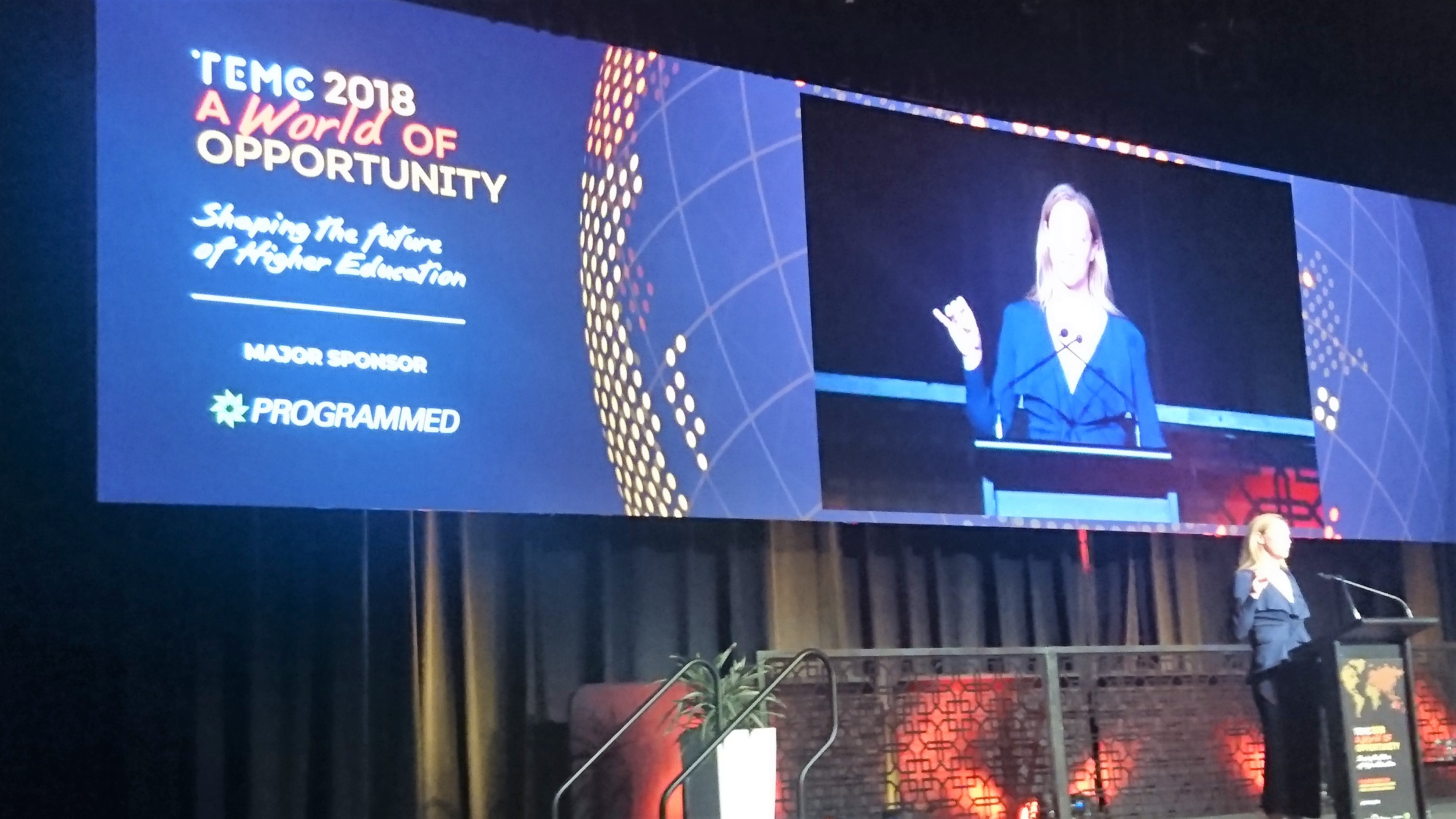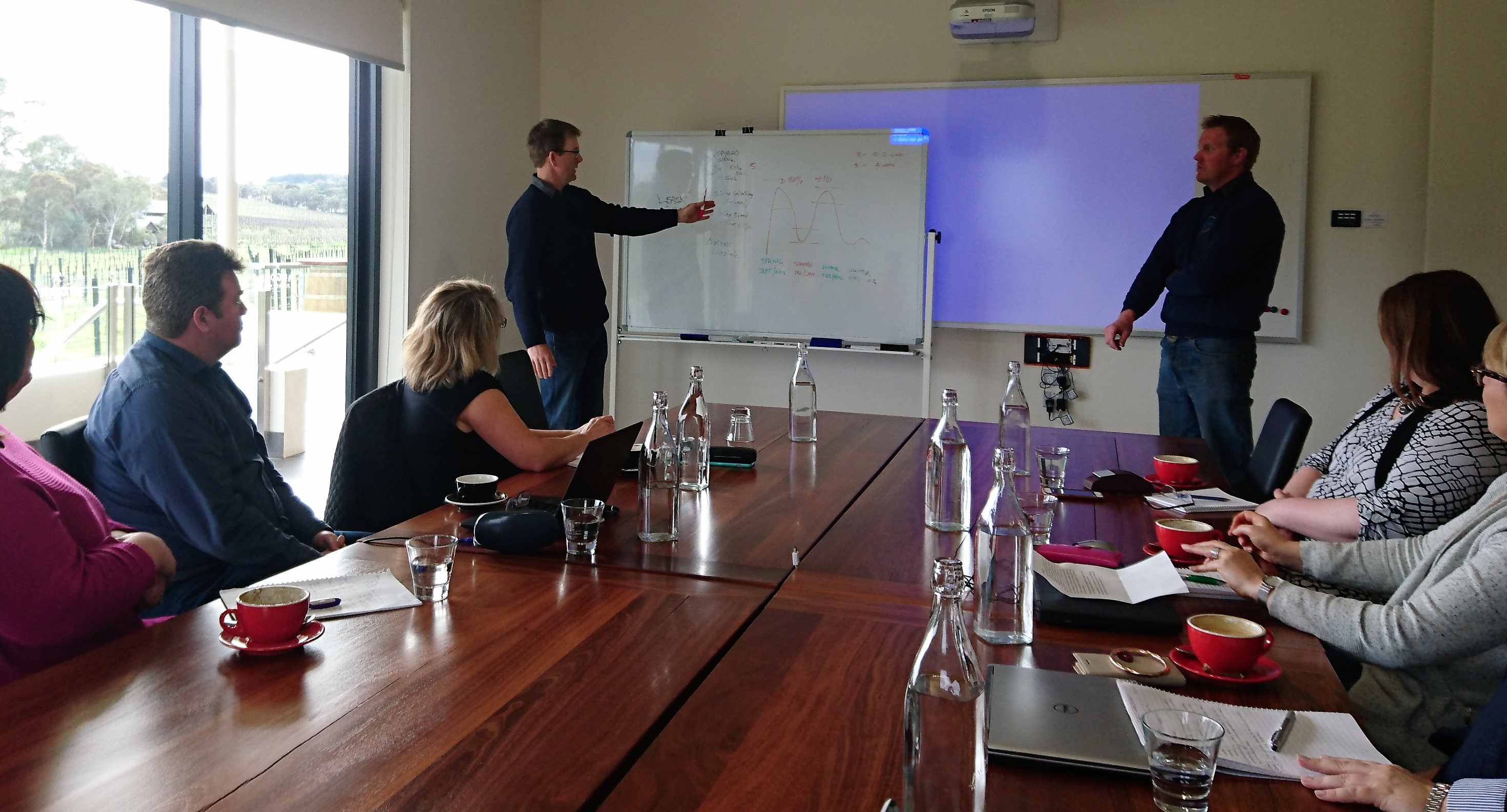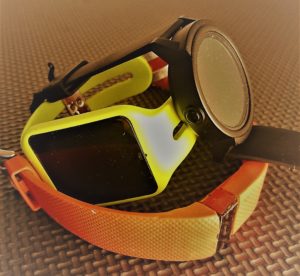I was privileged in the last 48 hours to attend two of the best keynote presentations, actually no, the two best keynote presentations I’ve seen in my twenty years of attending education-related conferences. Three things made them stand out for me:
- Diversity: Neither of them looked like me, sounded like me, or had grown up in a world that I have any meaningful knowledge of;
- Quality: Both were inspirational in their contributions to society, and spoke from the heart with passion, expertise, wisdom and eloquence; and
- Dissonance: Both made me feel, at times, quite uncomfortable within myself as I listened to their stories.
I want to touch on all three of these, but devote more focus to the third.


 I stopped wearing my smartwatch this week.
I stopped wearing my smartwatch this week.